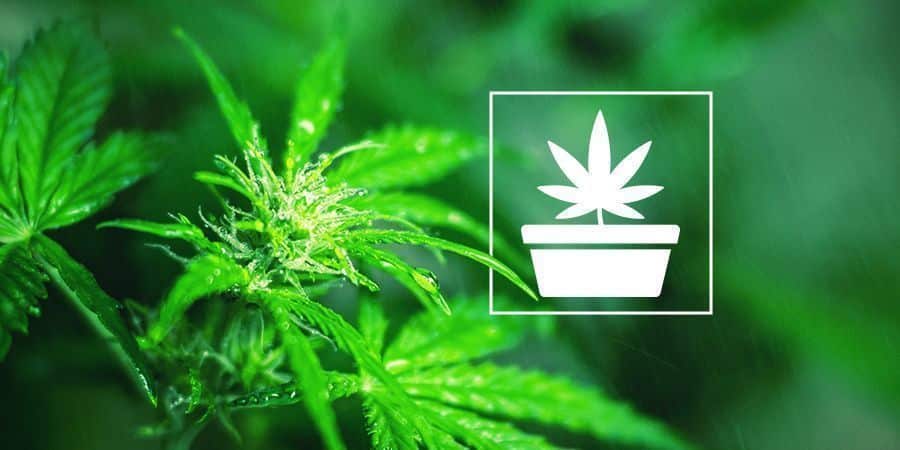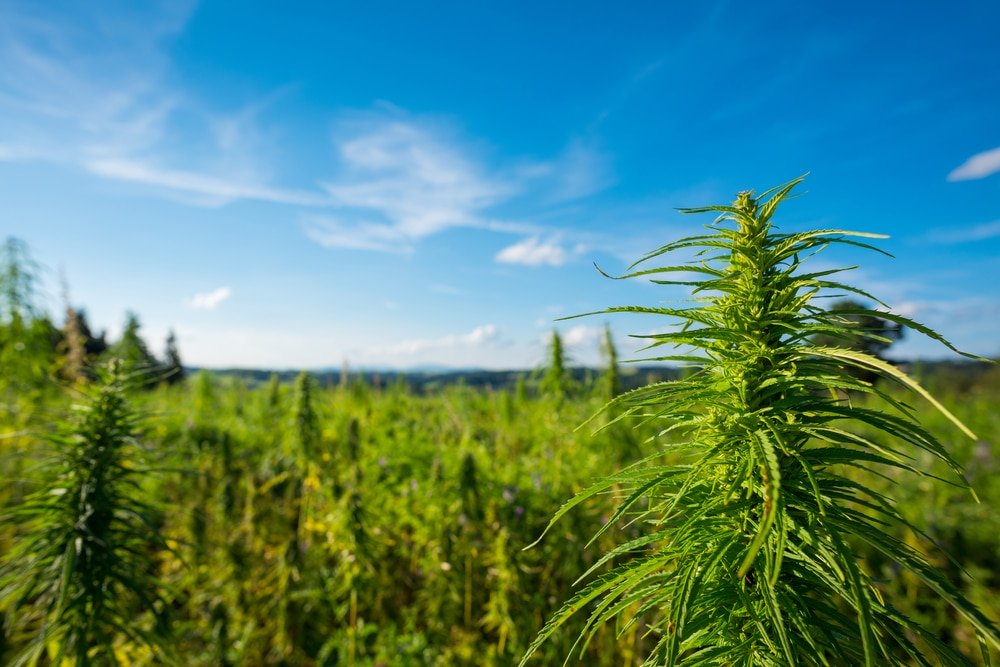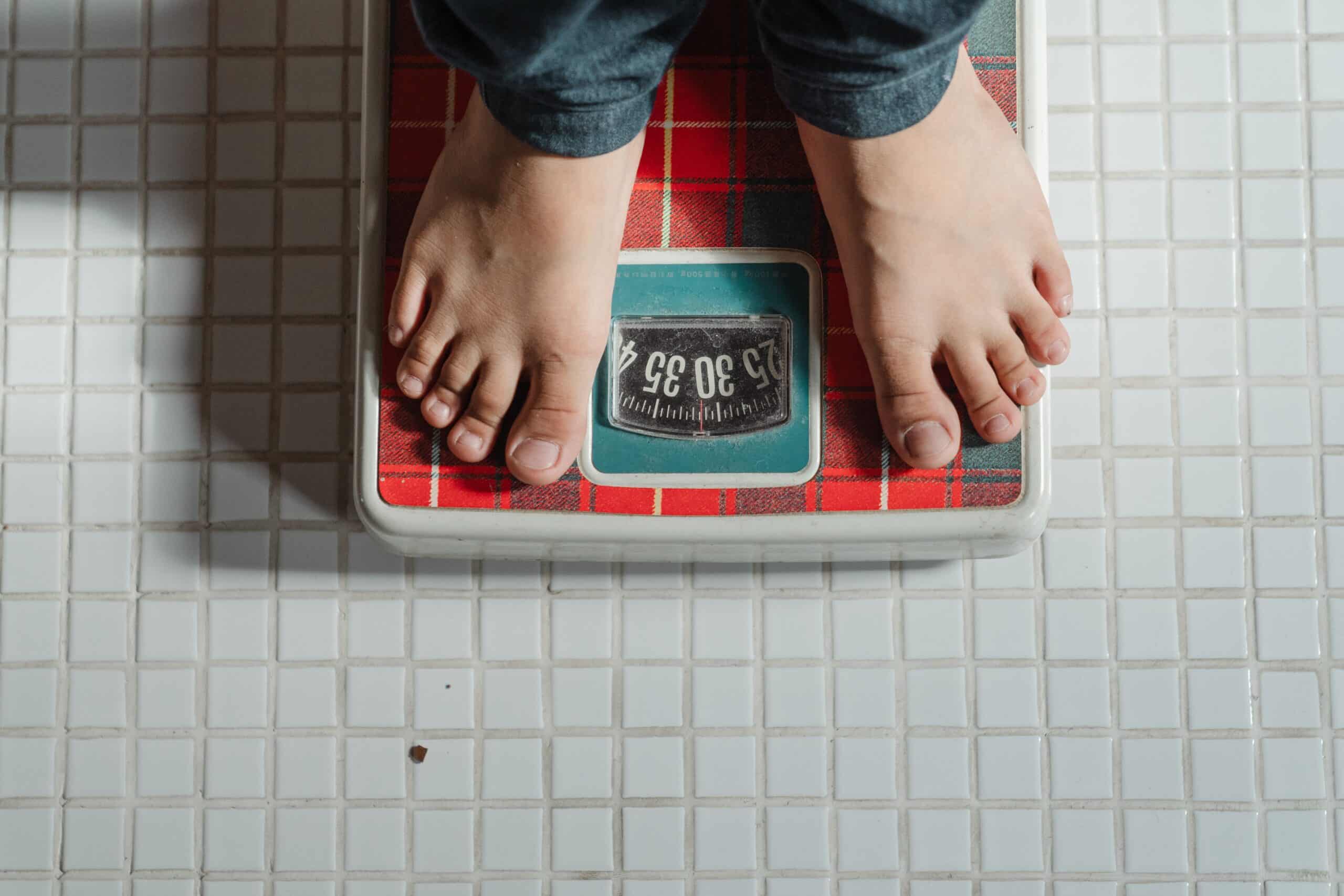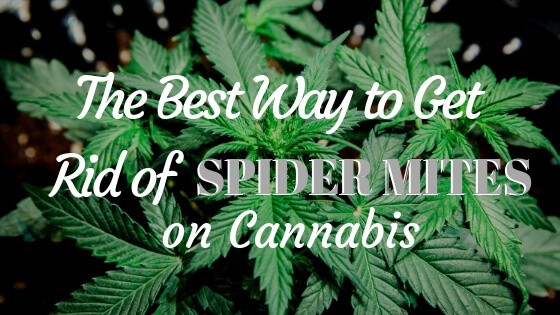No products in the cart.
Marijuana Education
Understanding The Vegetative Phase
The difference between a terrible harvest and a bountiful yield is good vegetation. That how important the vegetative phase is.
Like all plants, how a marijuana plant develops is dependent on how conducive the environment is for the plant after it has been planted.
To attain a super yield of bountiful buds while having all the compounds of a healthy marijuana bud, therefore, the plant has to be put through two stages after the germination stage. The stages are; the vegetative phase and the flowering phase (when the plants begin to flower).
The marijuana vegetative stage
As a marijuana grower, your patience is bound is to be tried so the importance of this virtue cannot be overestimated.
The marijuana vegetative phase does not have a fixed time limit as it ranges from as low as one week (usually in autoflowers) to as much as six months. For marijuana grown indoors whose stages are easier to control, the vegetative phase usually lasts within four to eight weeks. After this extremely important stage, the flowering stage is usually induced by controlling factors such as lighting and in some circumstances, temperature. The flowering stage usually lasts within forty to ninety days.
The span of the vegetative phase is usually determined by which strain of marijuana is chosen by the grower. Autoflowers are known to have a very short vegetative stage, irrespective of the environment in which they are planted (so long as they receive required care and attention) because they have been genetically engineered to flower within a short period of time.
Strains which are indica-dominant grow little once they begin to flower, therefore, the grower may have to keep them in the vegetative phase a bit longer to ensure a greater harvest. Sativa-dominant strains on the other hand however can increase three times more than they were when they began flowering, and can therefore, support a shorter vegetative period yet guarantee a similar harvest to their indica-dominant counterpart.
In spite of this variations, the vegetative is extremely important as it is in this stage that the strength and structure of the branches and stem of marijuana plants are developed. The better the structure of the plant, the more weight the plant can bear without breaking up when the flowering stage which in turn translates to a higher yield. This implies that, the success of the vegetative phase determines the overall delivery of buds and yield of a marijuana plant.
Maintaining the cannabis vegetative phase (6 variables needed for a proper vegetative phase)
Light
Marijuana plants are kept in their vegetative phase if they are exposed to a minimal amount of darkness. This rule does not apply to autoflower strains however as their genetic coding ensures that they begin flowering after say two or in some cases three weeks.
To maintain the vegetative phase of marijuana plants, they must be exposed to very minimal amounts of darkness. To end, somewhere within 18 – 24 hours is the recommended amount of light. The preferred method by which this will be done however depends on the grower’s personal preference and prior experience dealing with strains with which he is more comfortable.
It is a proven fact that marijuana plants will not enter into the flowering phase so long they are exposed to a greater amount of light than darkness every day. Most times, the amount of light the plants receive is determined by the amount of money invested in lighting by the grower. This is so because it is quite expensive to keep high-intensity bulbs which are the best for the business on for 24 hours. A usual solution for this is for growers to use timers to ensure that the plants get a consistent amount of light throughout their vegetative phase.
The intensity of the light used determines the level of growth that occurs in the plant during the vegetative phase. Marijuana plants do better with direct sunlight so where artificial lights are used, the intensity should be such that mimics the intensity of the sun. So, for indoor growers, while blue-spectrum lights are good, full-spectrum lights are the recommended ones for best results.
While lights are essential, the grower should be aware that the recommended high-intensity lighting produces heat and he should be prepared to deal with this problem as heat can cause growth retardation which will be counterproductive to the idea of using the lights. The marijuana plants should not be allowed to get within 1.4 feet of the lights or 2 feet to keep it safe. The indoor grow room should also have adequate ventilation to keep the plants from getting too hot as this can also lead to growth retardation.
Humidity
Humidity levels of about 75% are required in the vegetative phase of a marijuana plant through to its flowering stage. This high amount of humidity aids in the production of resin (the shiny and sticky liquid that is present in marijuana leaves and buds) in the buds of marijuana.
CO2 and oxygen
An appropriate carbon dioxide and oxygen balance are important for the proper growth and development of a marijuana plant in the vegetative and flowering phases. Where the plants are grown indoors, fans would do a good job in the circulation of air and moving the heat from the lamps out of the room. Larger rooms on the other hand may require CO2 machines. Both gases are important for the plant as the leaves breathe in CO2 while the roots use oxygen.
Acidity
Notwithstanding if the grower picks a hydroponic method or a soil-based method of growing his marijuana, the importance of maintaining a proper pH level cannot be overemphasized. The ideal pH level for marijuana is within 5.8 to 6.5; that is, slightly acidic.
Water
This goes without saying as all plants need water for their survival. The best water for marijuana is rainwater because of its wealth of nitrogenous minerals and its almost measured accuracy of other essential minerals. Where rainwater is not readily available, tap water or clean water from other sources which have been allowed to stand for some days is a suitable substitute.
Nutrients
Where the farmer uses the hydroponic method for growing his marijuana, nutrients are administered with each watering. Where the plants are grown in the soil, the soil usually has nutrients in them. However, these nutrients run out eventually so the grower will have to replenish them regularly whether bi-weekly or every three weeks. Phosphorous, potassium, and nitrogen are important nutrients. Growers should note that overfertilizing plants is counterproductive.
Tips for the vegetative phase
Determine the phase length
The grower should allow the plants in the vegetative phase until they have attained an impressive size keeping in mind that the structure developed in the vegetative phase has to carry the weight of the buds in the flowering phase and that there’ll still be some growth in the flowering phase for some strains. This information is usually more reliably gotten from personal experience or from a more experienced grower.
Keep the plants close
Marijuana plants should be kept close to ensure that the most are made of light – especially for indoor growing. However, the grower should remember that packed plants don’t encourage the growth of side branches which reduces potential sites for healthy buds – which are the basis for the farm in the first place.
Consider low-stress training methods to make the most of light sources
This is essential to help the plants to develop lower level branches which increase the potential yield of each plant by increasing bud sites on lower branches of the plants.
Apply fertilizers only when necessary
The leaves usually provide the grower with information on when fertilizers should be applied so they should be watched. When the soil is fertilized, adding more can easily lead to over fertilization which is counterproductive. Nutrients should be increased productively as the plants grow.






